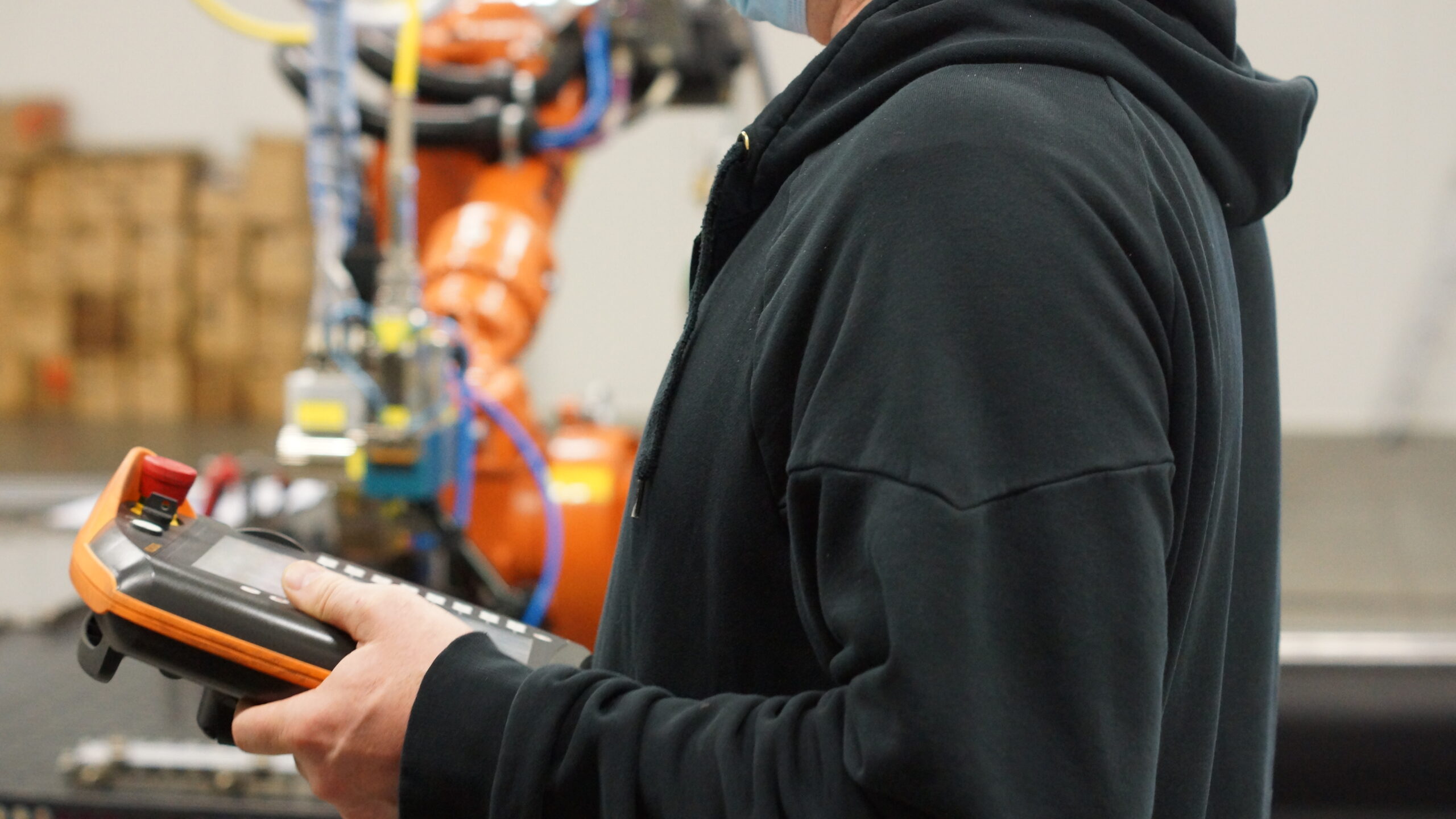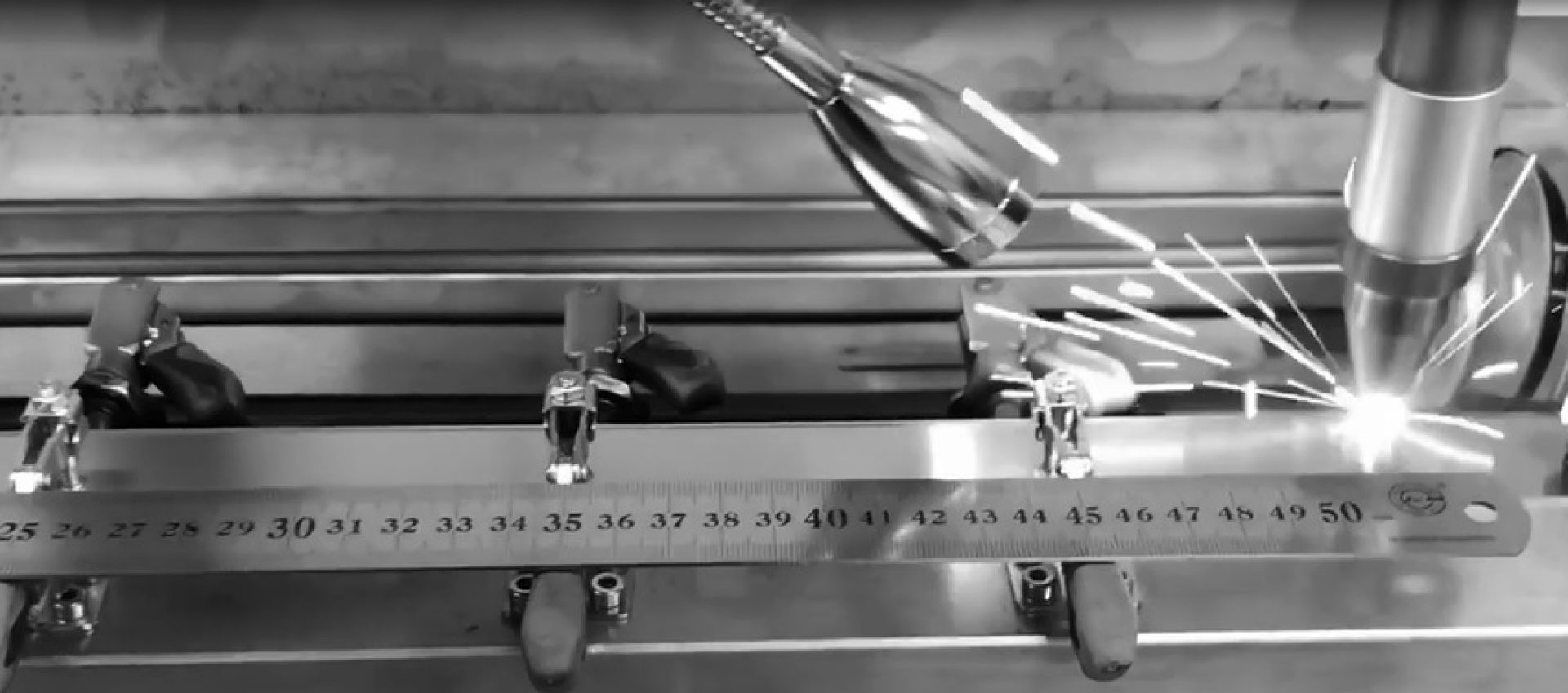Why laser welding?
Many different methods of metal welding exist, however the laser welding is the most precise. Our goal is to promote robotized laser welding technologies in different fields of industry.
Why robots?
Currently witnessed active robotization and automation of technological processes may be compared to the industrial revolution of the sixties of the 18th century, which has substantially altered production technologies and organization. During the abovementioned period, modernization of technological processes was the only way to maintain competitive position in the market. Similar processes are witnessed nowadays. Robotization is the only tool enabling to increase cost efficiency of production and to ensure its stability and high-quality. The welding industry is no exception to this rule. New materials and technologies are developed, however they all are adapted to robotized workstations, instead of manual labor. Application of new technologies, such as laser welding, for manual welding operations is usually very complicated and preventing from application of significant number of advantages which are typical for this kind of technology, especially the quality and efficiency of welding.
Why should we invest into robots? Consider the following arguments:
- They are capable of carrying out the tasks that are potentially harmful to humans;
- They are capable of carrying out the tasks that require periodical physical stress (and therefore may result in occupational diseases);
- They are capable of carrying out monotonous tasks – if carried out by humans, who may be unable to concentrate attention, monotonous tasks usually lack efficiency, quality, and feature increased risk of accidents;
- They are capable of carrying out the tasks that require high precision;
- They are capable of carrying out the tasks in potentially dangerous environment;
And the most important argument – human labor is not viable in a long-term perspective.

